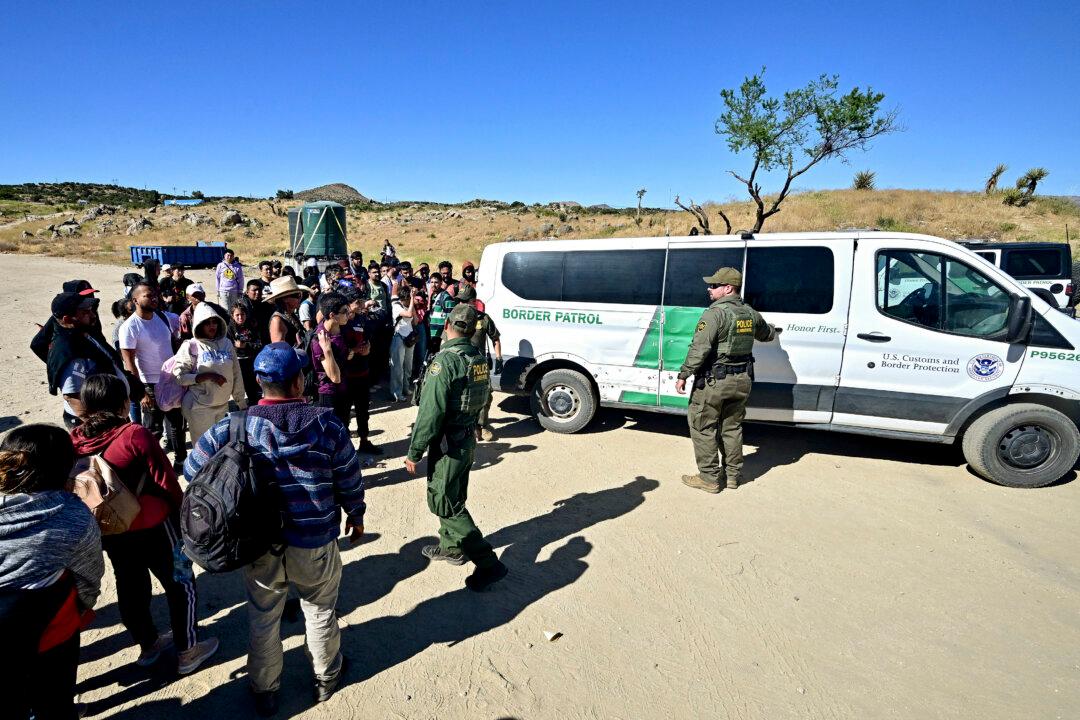Encounters with illegal immigrants at the southern border have dropped by 40 percent over the past three weeks, according to the Department of Homeland Security (DHS).
Since the presidential proclamation temporarily suspending the entry of some illegal immigrants was signed on June 3, Border Patrol’s seven-day encounter average has decreased to fewer than 2,400 encounters per day, the lowest level since Jan. 17, 2021, according to a newly published fact sheet from the DHS.





